Shears are an elementary matrix operation, so while you can express them as "a combination of other matrix operations", doing so is really weird. Shears take the two forms:
| 1 V | | 1 0 |
| 0 1 | , | V 1 |
Whereas a rotation matrix is much more involved; the idea of expressing a shear using rotations suggests you haven't actually written these things out yet to see what you need, so let's look at this. A rotation matrix is of the form:
| cos -sin |
| sin cos |
Which can be composed as a sequence of three particular shear matrices, R = Sx x Sy x Sx:
| cos(a) -sin(a) | | 1 0 | | 1 sin(a) | | 1 0 |
| | = | | x | | x | |
| sin(a) cos(a) | | -tan(a/2) 1 | | 0 1 | | -tan(a/2) 1 |
Now, we can do some trivial matrix manipulation to get Sy. First left-multiply:
R = Sx x Sy x Sx
Sx⁻¹ x R = Sx⁻¹ x Sy x Sx
Sx⁻¹ x R = I x Sy x Sx
Sx⁻¹ x R = Sy x Sx
And then right-multiply:
Sx⁻¹ x R x Sx⁻¹ = Sy x Sx x Sx⁻¹
Sx⁻¹ x R x Sx⁻¹ = Sy x I
Sx⁻¹ x R x Sx⁻¹ = Sy
As a trivial rewrite, one shear is now two shears and a rotation.
But the much more important question is: why do you need to express the shear matrix as something else? It's already an elementary matrix form, what bizare computing environment are you in, or what crazy thing are you trying to do, that requires you to express an elementary transform as a way more complex, way slower thing to compute? =)



